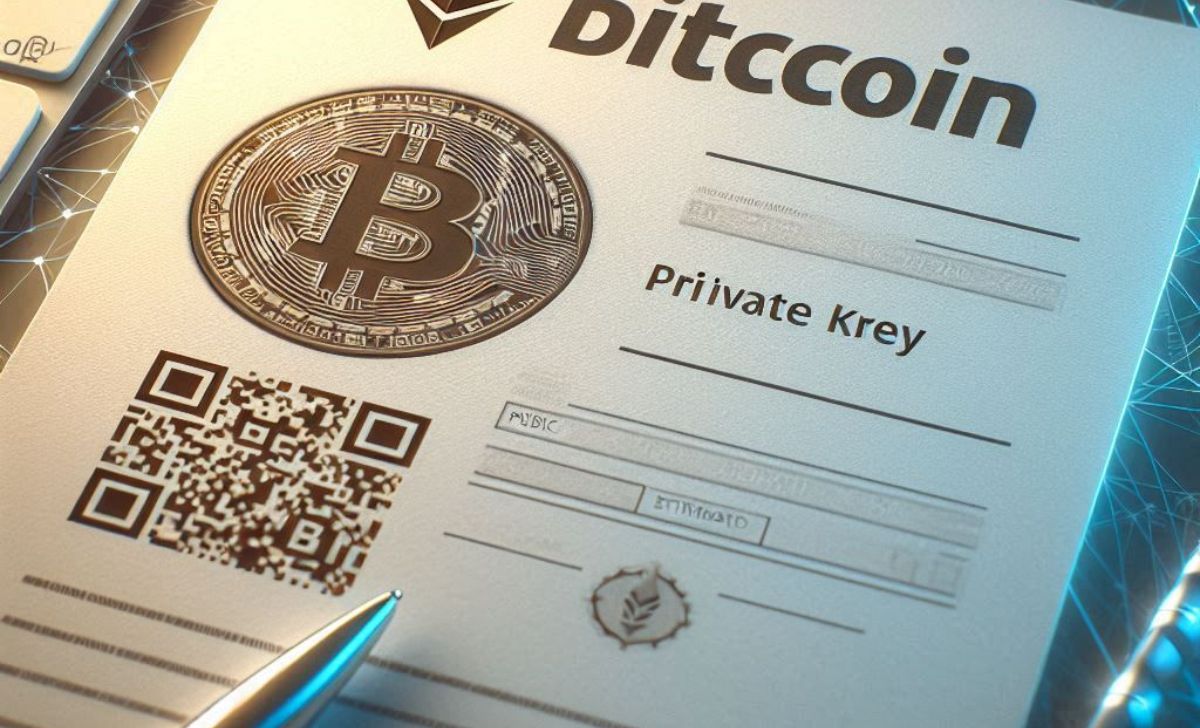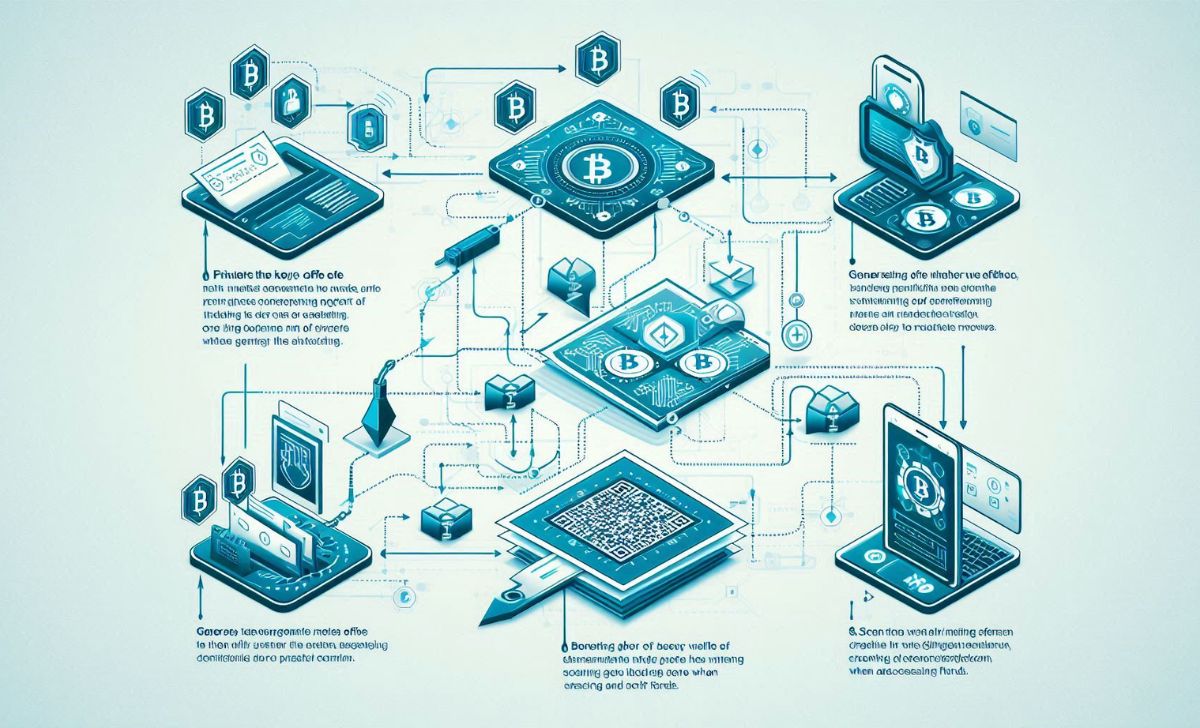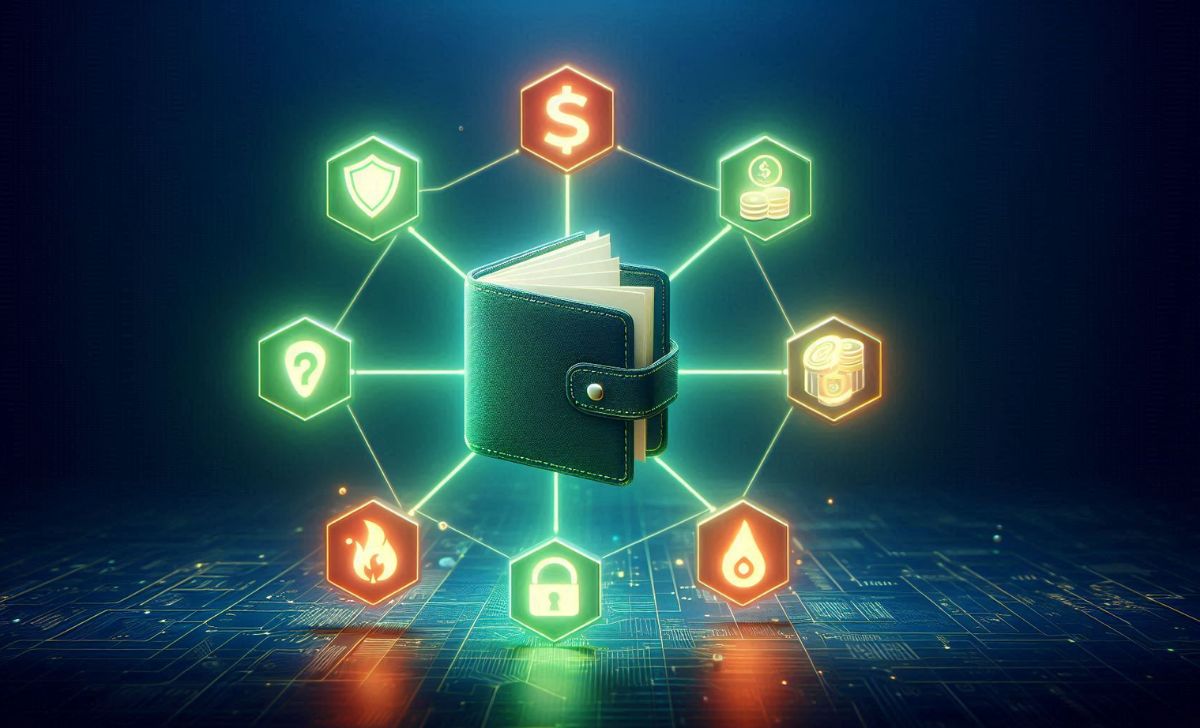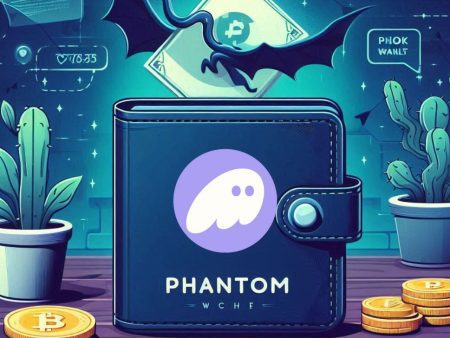Paper wallet, with its fully offline digital asset storage and high security, is gaining interest among many crypto investors. You might be wondering what a paper wallet is, how it works, and how to use it safely. The article below from TopCoin9 will help you better understand this unique type of wallet.
What is a Paper Wallet?

A paper wallet is a physical document that contains your public and private keys, usually in the form of QR codes. These codes are used to receive and send cryptocurrencies. The keys are generated offline and printed out on paper, making this type of wallet a form of “cold storage” that is completely disconnected from the internet.
Unlike software wallets or apps that store private keys digitally, a paper crypto wallet exists purely in physical form. This means that unless someone has physical access to the paper, your assets are practically untouchable by online threats.
Now that you understand what a paper wallet is, let’s take a closer look at how this simple yet powerful storage method actually functions
How Does a Paper Wallet Work?

The process behind a paper wallet is quite straightforward yet powerful. It involves generating a pair of cryptographic keys offline, then printing them out. These keys allow you to access and manage your crypto holdings.
To create a bitcoin paper wallet, for example, you would use an offline wallet generator to produce your wallet keys. These generators usually offer the option to download a secure HTML file, disconnect from the internet, and then generate your wallet in a completely offline environment.
Once printed, you can send crypto (like Bitcoin or Ethereum wallet) to the public address shown on the paper. When you need to access your funds, you can either import or sweep the private key into a software wallet to make transactions.
While the mechanics behind a paper wallet are relatively straightforward, it’s essential to weigh the benefits and drawbacks before deciding if it’s the right solution for you.
Pros and Cons of Using Paper Wallets

Like any method of crypto storage, a paper wallet comes with its own set of strengths and weaknesses. Understanding these can help you make informed decisions about whether it’s the right fit for your digital asset security strategy.
Pros
Before dismissing paper wallets as outdated, it’s important to recognize the key advantages they offer—especially when it comes to offline security and full control over your crypto assets.
- Maximum offline security (cold storage): A paper crypto wallet is entirely offline, making it immune to online hacks, malware, and phishing attacks. It’s considered one of the safest forms of cold storage for long-term holders.
- No dependency on hardware or software: Unlike a hardware bitcoin wallet or mobile apps, a paper wallet requires no electronic device to store your private keys. This simplicity reduces the risk of hardware failure or software vulnerabilities.
- Cost-effective solution: Generating and printing a bitcoin paper wallet is free or low-cost. It’s a great choice for users who want secure storage without investing in expensive devices.
- Full ownership and control: You maintain complete control of your funds, as only you possess the private key. There’s no third-party risk involved.
Cons
Despite their security perks, paper wallets also come with notable limitations that can expose users to potential risks if not handled correctly.
- Easy to lose or damage: A paper wallet is just a piece of paper—easily destroyed by fire, water, or physical wear. If lost or unreadable, your crypto assets may be gone forever.
- No backup unless manually created: If you don’t create multiple secure backups, one accident can wipe out access to your funds.
- Complex usage for beginners: Setting up and using a paper wallet securely—especially when importing or sweeping funds—requires technical knowledge, which can be intimidating for new users.
- Vulnerable during setup and printing: Although a paper wallet is offline, the process of generating and printing must be done securely. A compromised device or printer could leak your private key.
Understanding the pros and cons of using a paper wallet safely requires careful attention to detail. Here’s how to do it right.
How to Use a Paper Wallet Safely
If you’re learning how to make a paper wallet, remember these safety tips:
- Generate keys offline: Use a trusted wallet generator and disconnect from the internet.
- Print safely: Use a non-networked printer or save to a secure USB to print later.
- Protect physically: Laminate the wallet or store it in a waterproof container.
- Backup copies: Keep multiple secure copies in different locations (e.g., safe deposit box, home safe).
- Avoid public scans: Never scan your QR codes in public places or on untrusted devices.
Now that you know how to set up and secure your paper wallet, you might wonder when this method makes the most sense in your crypto journey.
When Should You Use a Paper Wallet?

Paper wallets are ideal for long-term holders (HODLers) who don’t plan to move their crypto around frequently. They are also great for storing a large amount of funds in cold storage, where they can remain untouched for months or even years.
However, if you’re actively trading or using crypto in daily transactions, a paper wallet may not be practical due to the extra steps required to access your funds.
While paper wallets can be effective in specific scenarios, they’re not the only option. Let’s explore modern alternatives that balance security with convenience.
Alternatives to Paper Wallets
While a paper wallet provides offline storage and privacy, it may not be the most practical or secure choice for daily use. Here are some popular alternatives:
Hardware Wallets
Devices like Ledger and Trezor store crypto offline with strong protection, offering better durability and usability than a paper wallet.
Software Wallets
Installed on desktop or mobile, software wallets balance ease of use with security. They’re ideal for those seeking the best bitcoin wallet app or quick access to funds.
Mobile Wallets
Optimized for smartphones, these wallets support QR codes and biometric login—perfect for managing crypto on the go.
Web Wallets
Accessed through browsers, web wallets are convenient but depend heavily on the provider’s security. Use them cautiously.
Custodial Wallets
These are managed by third parties (like exchanges), ideal for beginners but less secure as you don’t hold your private keys.
Multisig Bitcoin Wallet
For users prioritizing enhanced security, a multisig bitcoin wallet provides a shared control setup. It requires multiple private keys to authorize a transaction, making unauthorized access significantly more difficult.
Each alternative suits different needs, depending on your balance between security and convenience.
A paper wallet remains a secure and offline option for storing cryptocurrency, especially for long-term holders. However, it’s crucial to understand its limitations and handle it with care. Whether you choose a paper wallet or a modern crypto wallet, making the right choice depends on your security needs and usage habits. For more crypto storage tips and wallet comparisons, visit TopCoin9 to make smarter, safer decisions.

As a certified blockchain security expert with over 8 years in cybersecurity, James Anderson specializes in auditing smart contracts and identifying vulnerabilities in DeFi protocols. His expertise ensures that TopCoin9 delivers reliable insights on blockchain security and risk management.
Email: [email protected]












